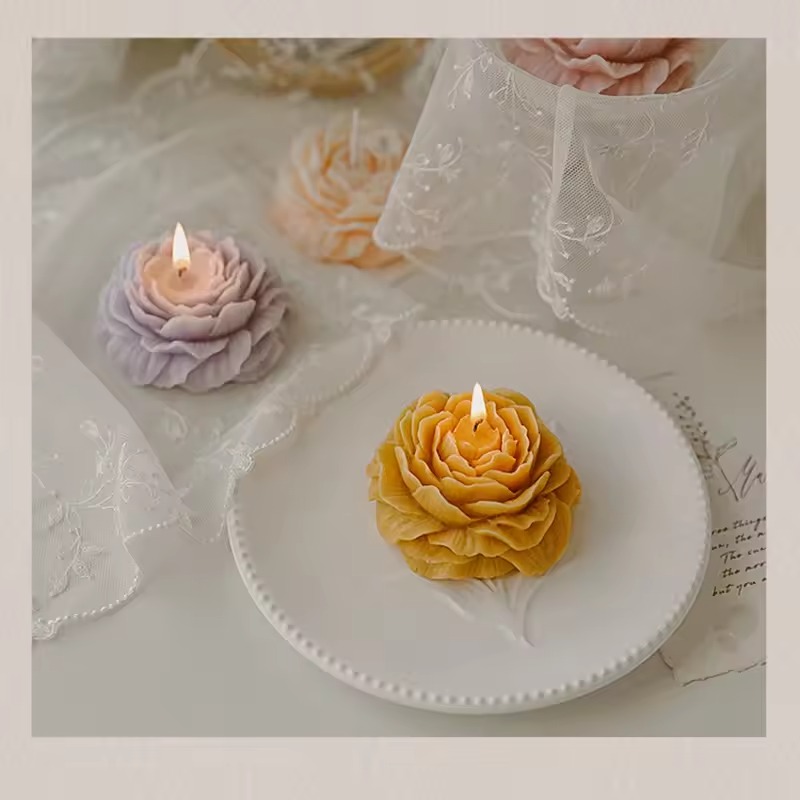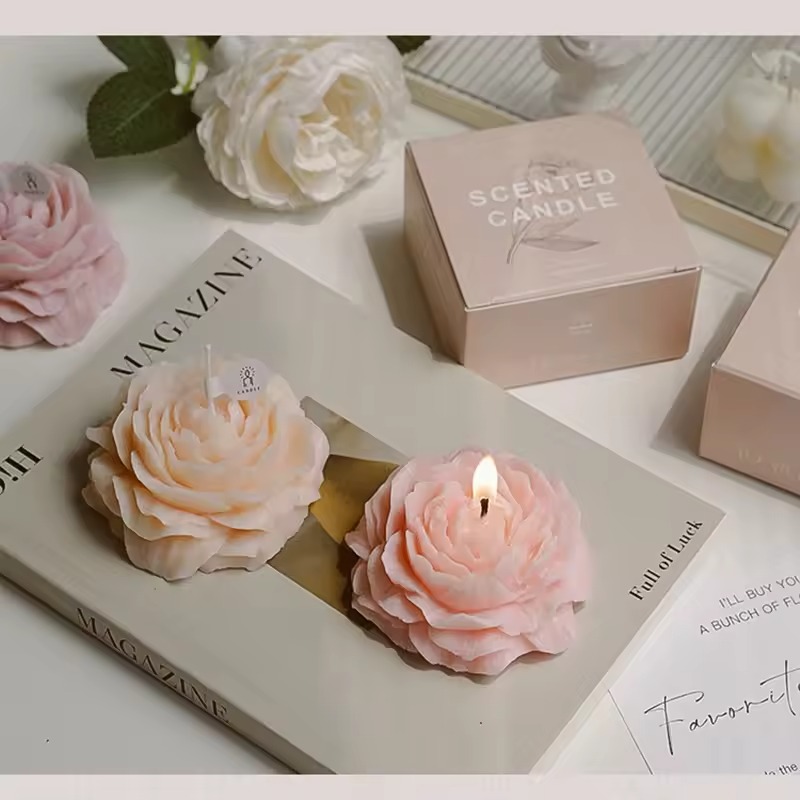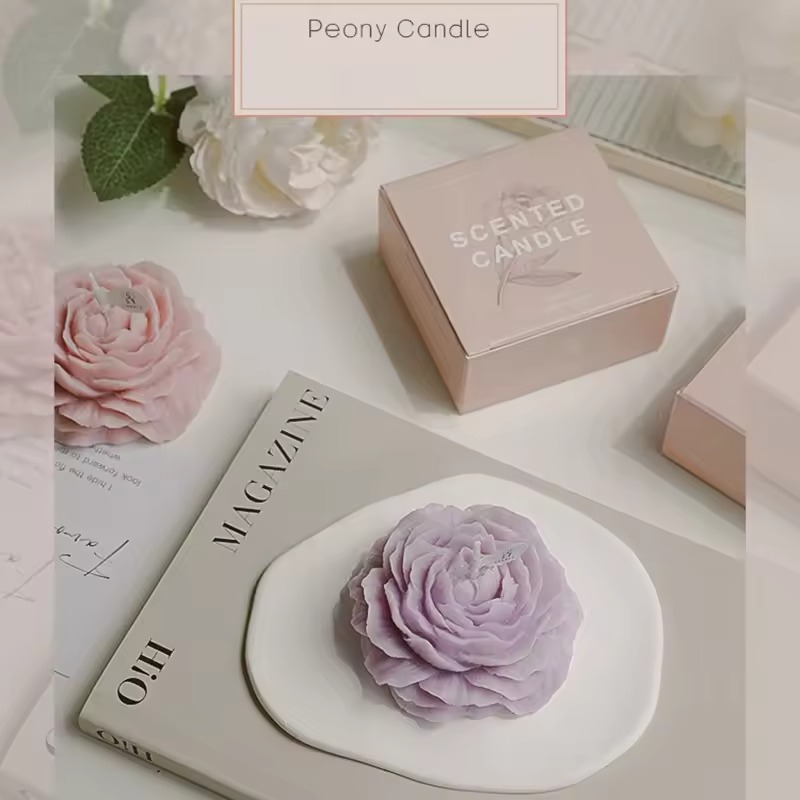Introduction to Scented Candles and Alternatives
Scented candles create a welcoming atmosphere in any space. They offer a dual sensory experience, combining the warm ambiance of a flickering flame with the infusion of fragrant aromas. The traditional way to add scent to candles is by using essential oils. However, essential oils can be costly, and some people may have sensitivities to them. Thankfully, there is a plethora of alternatives for how to add scent to candles without essential oils.
When creating DIY scented candles, we often seek natural, creative, and possibly more economical ways to achieve a desired fragrance. By exploring other scent sources such as fragrance oils, spices, herbs, fruits, and even flower petals, you can craft a personalized candle that suits your preferences. Each alternative has its unique qualities and methods of infusion, which we’ll delve into throughout this blog.
Remember, the goal is to achieve a scent that is pleasing and effective without relying on essential oils. In the next sections, we’ll explore how fragrance oils can be a direct substitute, how spices can lend their natural aromas, the nuanced scents that herbs can contribute, and other delightful scent sources you might not have considered. Whether you’re an experienced candle maker or a beginner, you’ll find valuable tips on crafting candles that smell wonderful and set the mood you’re aiming for.

Using Fragrance Oils in Candles
Fragrance oils are a popular choice for candle-making. Unlike essential oils, they are synthetic. This means they can offer a wider range of scents at a lower cost. They are also less likely to cause allergies, which is a bonus for sensitive individuals. Using fragrance oils is simple. First, choose your desired scent. The options are almost endless, from floral to fruity to musky fragrances. Then, determine the right amount. Too much can overwhelm, while too little may not be noticeable. A general rule is to use about 10% fragrance oil in relation to the wax weight. For instance, if you have 100 grams of wax, use about 10 grams of fragrance oil.
Here’s how to infuse the wax with the fragrance oil:
- Melt your wax in a double boiler until it’s liquid.
- Let the wax cool slightly. It should be warm, but not too hot.
- Add the fragrance oil and stir well for even distribution.
- Pour the wax into your candle mold.
- Allow the candle to set and cool completely.
Remember to test your candles before making a large batch. This ensures the scent is to your liking and the wax is holding the fragrance well. With practice, you’ll learn how to add scent to candles without essential oils and personalize your creations to your taste.
Incorporating Spices for Natural Aromas
Spices are not just for cooking; they also make excellent natural scents for candles. Discover the aromatic power of common kitchen spices. This approach provides an economical way to add delightful scents to your DIY candles.
Choosing the Right Spices
Select spices based on the aroma you desire. Each spice offers a unique scent. For a warm, autumn feel, cinnamon and clove are ideal. For a fresher, invigorating scent, consider cardamom or anise. You can even mix multiple spices to create a complex fragrance profile.
Preparing Spices for Candle Making
Before adding spices to your candle wax, grind them finely. This increases their surface area, enhancing the release of their natural oils and aromas. Add the ground spices to the melted wax after removing it from the heat. Stir thoroughly to ensure even distribution.
Remember, testing your spice-infused candles is essential. This ensures the scent is to your liking before making larger batches. Experiment with different spices and combinations to perfect your custom candle scents.

The Role of Herbs in Candle Aromatics
Herbs bring a fresh, natural scent to homemade candles. When considering how to add scent to candles without essential oils, don’t overlook the aromatic potential of these green powerhouses. Many herbs, such as lavender, rosemary, and mint, can give your candles a clean, earthy fragrance.
Choosing the Right Herbs
Select herbs that match your desired scent profile. For relaxation, try lavender or chamomile. For a crisp aroma, rosemary or eucalyptus works well. You might also use basil for a sweet touch or sage for a more grounded note.
Preparing Herbs for Candle Making
To prepare herbs for candle making, dry them first. This concentrates their scent. Then, crush or chop the herbs finely. Before adding them to your wax, decide on the amount. Too much may overpower the senses. Aim for a subtle, pleasant smell.
Infusing Wax with Herbal Scents
Mix the herbs into melted wax after it cools down. Stir them well to distribute their scent throughout the wax. Pour the mixture into your mold and let it cool. As the wax hardens, it traps the herbal essences. This results in a natural-smelling candle that’s enjoyable in any room.
By using herbs in your DIY scent projects, you create a connection with nature. You also offer a gentle alternative for those sensitive to strong perfumes. Keep experimenting to find the perfect balance for your homemade candles.
Extracting Scents from Fruits and Citrus Peels
When wondering how to add scent to candles without essential oils, consider the kitchen once more. Fruits and their peels are treasure troves of natural fragrances. Citrus peels, in particular, can give candles a bright, refreshing scent that’s perfect for energizing a room.
Choosing the Right Fruits and Citrus Peels
Select fruits based on the scent you want to achieve. Citrus fruits like oranges, lemons, and limes are ideal for a zesty aroma. For a sweeter note, look at peels from mangos or apples.
Preparing Fruits and Peels for Candle Making
Dry the peels or fruit slices before using them. This helps concentrate the scent. Next, grind or chop them finely. This step helps release their essential oils and enhance the fragrance.
Infusing Wax with Fruit and Citrus Scents
Add the dried fruit or peels to the melted wax after cooling it slightly. Stir them in well for even distribution. Pour the scented wax into your mold and let it cool. The result is a delightfully fragrant candle that fills the room with natural aroma.
Remember, it’s important to test your fruit and citrus peel candles. Doing so ensures that the scent is as you desire and the wax holds the fragrance properly. With each test, you’ll be closer to perfecting your fruit-scented candle creations.

Utilizing Flower Petals and Buds
Adding the essence of flowers to your DIY candles can infuse them with delicate, floral scents. If you’re seeking how to add scent to candles without essential oils, this natural option might be just what you need. Fresh or dried, flowers can provide a soft and subtle fragrance that enhances the ambiance of any setting.
Choosing the Right Flower Petals and Buds
Select flowers that are known for their scent when deciding to add a floral note. Roses, lavender, jasmine, and chamomile are all excellent choices. Pick petals or buds that are free from pesticides to ensure a clean, natural scent.
Preparing Flower Petals and Buds for Candle Making
Dry your chosen flowers before using them. This helps preserve their scent. Once dried, you may either chop them finely or leave them whole, depending on the look and intensity of fragrance you prefer.
Infusing Wax with Floral Scents
Stir the dried petals or buds into the wax once it’s cooled a bit. Make sure to do this evenly. Pour the mix into your candle mold. Wait for the wax to harden, capturing the floral essence.
Flower-infused candles make great gifts and add a touch of elegance to your home. Their light natural fragrance is perfect for those sensitive to stronger scents. Remember to test your candles to make sure you have the right scent strength. With a bit of trial and error, you’ll find the perfect technique for your floral-scented candles.
Coffee and Vanilla Beans for Rich Scents
When exploring how to add scent to candles without essential oils, consider the rich, comforting aromas of coffee and vanilla beans. These ingredients are not only prevalently available but also bring a deeply satisfying scent to any DIY candle project.
Choosing the Right Coffee and Vanilla Beans
For a bold, rich aroma, select freshly ground coffee or whole coffee beans. Dark roast coffee offers a robust scent. For vanilla, use whole vanilla beans or pure vanilla bean pods. These provide a natural, creamy fragrance that’s both warm and inviting.
Preparing Coffee and Vanilla Beans for Candle Making
Grind the coffee beans to a coarse texture. This helps release their bold aroma when mixed with hot wax. Slice the vanilla beans lengthwise to expose their fragrant seeds.
Infusing Wax with Coffee and Vanilla Scents
Add the ground coffee or a few coffee beans directly to the melting wax. For vanilla, place the sliced pods in the wax. Stir both well to distribute the scents throughout the wax. Once mixed, pour this aromatic wax into your molds. Let them cool and harden.
Candles scented with coffee and vanilla beans emit a cozy, inviting fragrance, perfect for cool days or quiet evenings. As always, test your candles to ensure the fragrance meets your desired intensity. Through various experiments, you can refine your methods and personalise each candle to your liking.
Crafting Unique Scent Combinations
Creating unique scents for DIY candles is an exciting endeavor. To craft a signature scent, blend different natural ingredients. Experiment with combinations of spices, herbs, fruits, and floral elements.
Steps to Blend Scent Combinations
- Select Complementing Scents: Choose ingredients that naturally pair well. For instance, cinnamon and vanilla offer a warm, inviting aroma.
- Experiment in Small Batches: Mix small amounts of different scents in melted wax. This prevents wastage if the combination doesn’t meet your expectations.
- Test for Balance: Ensure no single scent overpowers the others. Aim for a harmonious blend.
- Adjust Proportions: Based on your tests, adjust the proportions of each scent source. This finetunes the final fragrance.
- Record Your Recipes: Keep notes of what works and what doesn’t. This is useful for replicating successful blends.
By blending various elements, you can create candles that have a complex, rich aroma which cannot be achieved with essential oils alone. This not only personalizes your candles but also enhances the overall sensory experience. Remember, the process of finding the perfect scent blend can be as rewarding as the final product.


